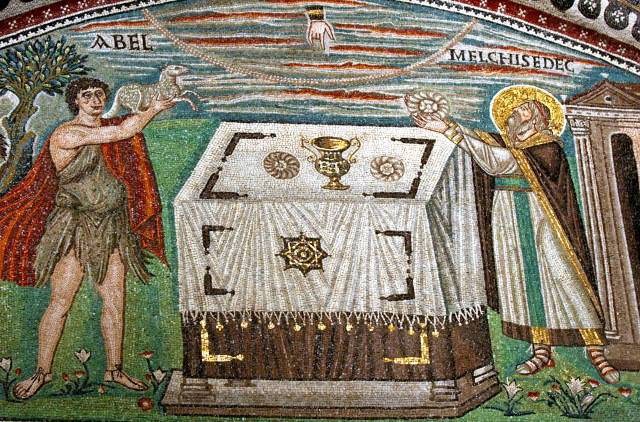After the Order of Melchizedek: Royal Themes and Melchizedek Traditions Applied to Jesus by the Author of Hebrews.
David J. Larsen
University of St Andrews
The author of the Epistle to the Hebrews presents Jesus as a high priest analogous (to an extent) to the Aaronid high priests who traditionally officiated at the temple, offering sacrifices and entering the Holy of Holies on the Day of Atonement.

